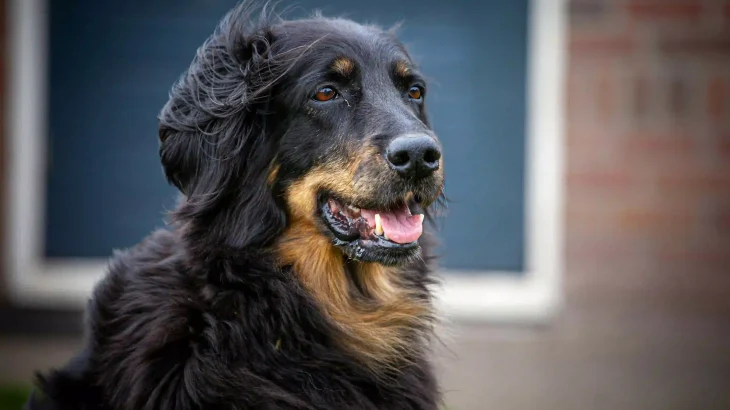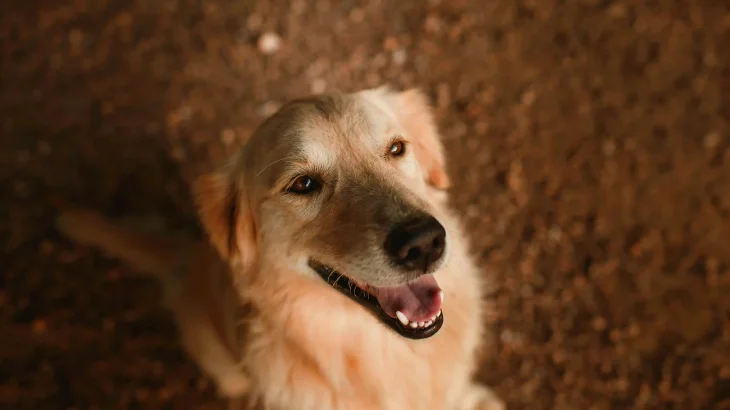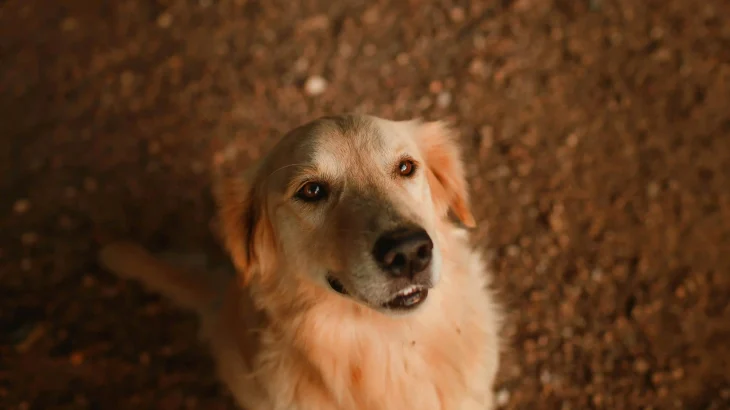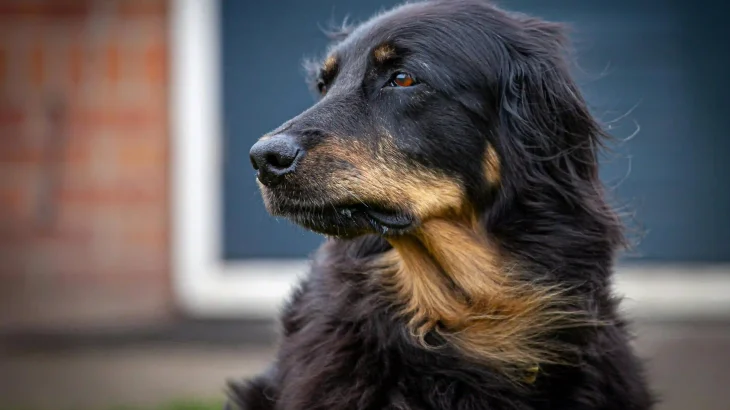Pet insurance is valuable for owners of Hovawarts, a lively and active breed. Like all dogs, Hovawarts can face accidents, illnesses, or unexpected health issues that lead to vet bills. Insurance reduces financial stress and helps ensure timely care. Coverage typically includes health care, surgeries, and sometimes liability, though policies vary. Some owners choose savings or emergency funds instead, but insurance often provides a more reliable safety net. For an active breed like the Hovawart, insurance is often a wise choice given risks like poisoning or injuries.
Health and Surgery Coverage
Health and surgery insurance covers veterinary treatment for illnesses and accidents. For Hovawarts, this might include hip dysplasia or emergencies such as poisoning from outdoor plants. Coverage usually includes diagnostics, meds, surgery, and hospitalization. Owners often pay deductibles or co-pays, with insurance covering the rest. Benefits include quicker and better care; downsides include exclusions for pre-existing or hereditary conditions and limited coverage depending on the plan.
Liability Coverage
Liability insurance protects owners if a Hovawart injures someone or damages property. Given their size and strength, this coverage can be important in public. Liability is less commonly included with health plans and may require a separate policy. It provides peace of mind against legal costs but can raise premiums and isn't always available.
Common Alternatives to Insurance
Some owners avoid insurance, relying on savings or credit for emergencies. While this avoids premiums, it can leave owners unprepared for high vet bills. For example, urgent surgery and hospitalization after poisoning could be expensive. Alternatives offer flexibility but lack the structured help insurance provides.
Advantages and Disadvantages of Pet Insurance
The main advantage is financial protection, letting owners make care decisions based on the dog's needs rather than cost. This is useful for the Hovawart's active lifestyle and breed-specific issues. Insurance can also encourage preventive care. Downsides include premiums, deductibles, co-pays, limits, and exclusions—especially for hereditary conditions. Reviewing terms carefully is important. Overall, peace of mind and potential savings often outweigh the downsides, especially given pet health's unpredictability.













































